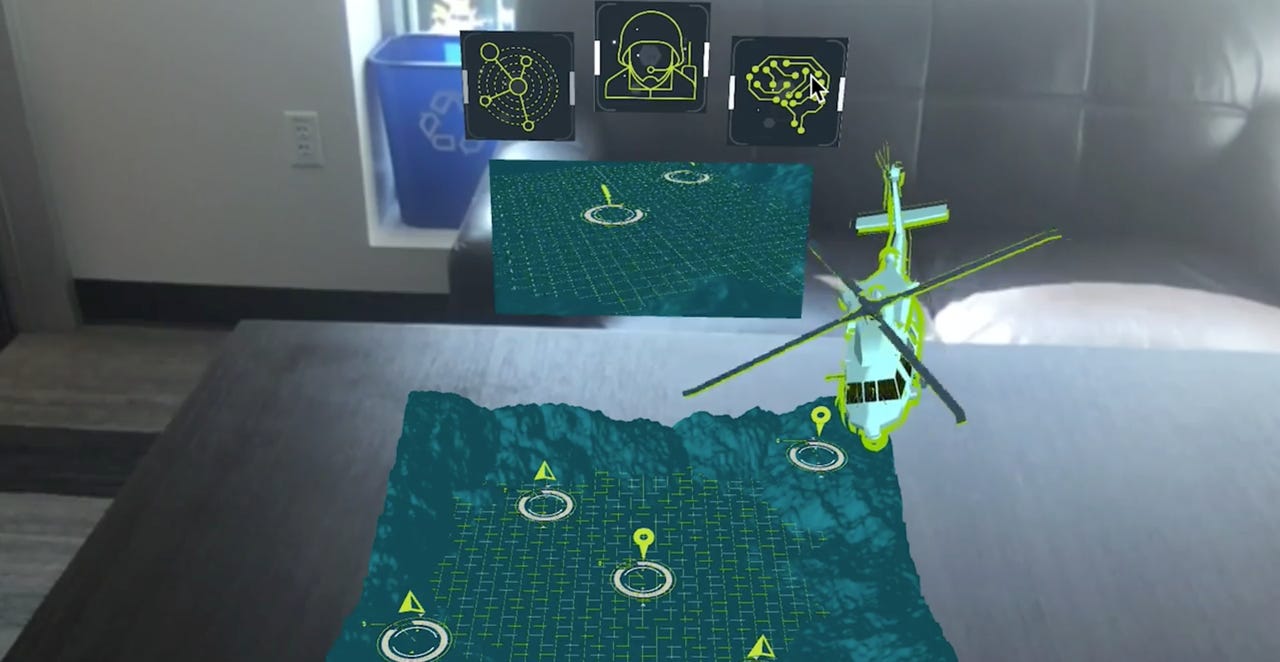How a senior technician future-proofed himself with VR


Alberto Lopez, a senior motion designer for military and commercial telecom provider Viasat, knew that to future-proof himself, he had to create his own reality. That reality, it turned out, would be virtual.
"The tipping point for me was when I began feeling less motivated as a motion designer and began thinking more about the future," Lopez tells me. "I wanted to make animations interactive and learn the world of simulated reality. My biggest fear was taking on a course while balancing work and personal projects."
That fear will be familiar to anyone who's considered updating their skillset, a leap that usually requires a tradeoff in terms of current capacity. Lopez found that finding the right mentorship to set a foundation and develop his skills as a coder was difficult. Mentorship, typically within an organization, can serve as an excellent bridge to acquiring new skills, but Lopez had no one in his circle he could turn to. Worse, AR & VR are still emerging technologies, and courses specializing in developing in those arenas have been hard to come by.
Fortunately, that's changing. Free courses about the basics of VR development are available remotely from providers like the University of California, San Diego. Paid online-only courses are available from Udacity. Lopez chose AR/VR education company Circuit Stream after hearing founder Lou Pushelberg speak. Circuit Stream boasts that it trains engineers for Raytheon, Lockheed Martin, and NASA, among others.
"The transition was difficult because there are so many platforms to develop on," Lopez says. "We learned how each one worked along with their setbacks, pain points, and best uses. Importing some of my animated work was the easiest part. The hardest part was learning how to code."
That's right, he learned how to code from scratch. But after an intensive ten week course with personalized instruction, the biggest realization to come out of the experience may have been a renewed sense of purpose. Butterfly-like, Lopez emerged with a new realization that succeeding in XR wasn't about being a master coder and designer, but rather understanding the social responsibility that comes with creating applications for journeys into virtual and augmented worlds. It was a particularly relevant lesson given that Lopez works in the defense sector, where virtual applications have decidedly real-world consequences.
Lopez's first major project addressed need he had long observed. He created a virtual battlefield demonstrating how different military equipment could send signals via an ultra-secure network for soldiers to talk with each other without interruption. In Alberto's VR-designed world, soldiers tap into the "situational awareness application" and never miss or misinterpret a pivotal message. The solution could save soldiers' lives and help prevent accidental casualties due to common battlefield miscommunications.
Alberto has since gone on to develop a version of his application for Hololens.
"Prioritize education," Lopez advises anyone considering a career change that requires a new technical skill. "Take a course, start listening to podcasts, and reading articles. The more you immerse yourself in the topic, the better off you'll be."